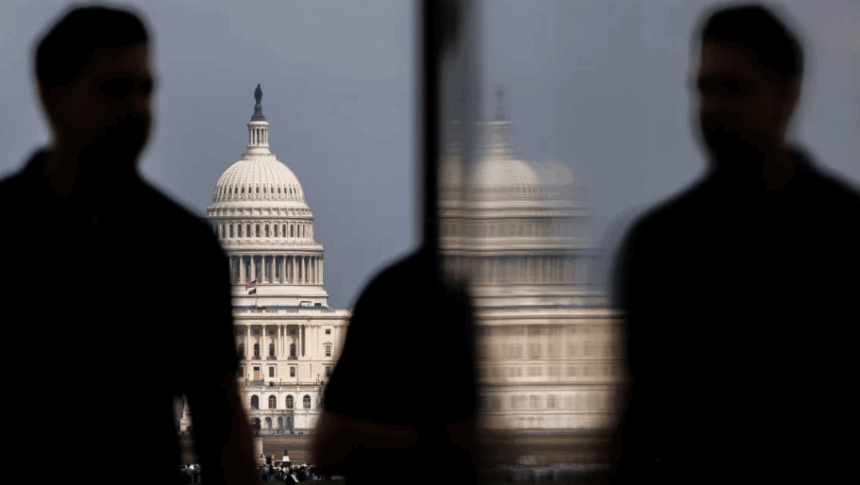As the 2026 Senate race looms, Democrats are confronting a moment of reckoning, grappling with internal uncertainty over their message, strategy, and viability in traditionally Republican states. With control of the Senate slipping further from reach, party leaders are intensifying recruitment efforts across the country, hoping to rebuild a competitive map after years of setbacks.
The challenge is formidable. The current Senate map favors Republicans, and Democrats must defend vulnerable seats while trying to flip others in states that have long eluded them. Already, three Democratic senators have announced they won’t seek re-election, and at least one more is expected to follow. High-profile battlegrounds include Georgia, where Sen. Jon Ossoff is preparing for a tough fight, and perennial longshots like Alaska, Mississippi, and Kentucky, where party leaders are looking to recruit dynamic challengers.
“The goal has to be: recruit a Democrat for every damn seat,” said Jaime Harrison, former Democratic National Committee chair, underscoring the urgency of the effort. Harrison, who unsuccessfully ran for Senate in South Carolina in 2020, remains optimistic that a backlash to Donald Trump could create new opportunities.
Democrats are also facing an identity crisis, with voters and candidates alike asking what the party truly stands for. “That’s a question I’m getting a lot,” said Wiley Nickel, a former North Carolina congressman running for Senate. Many campaigns are focusing less on ideology and more on demonstrating resistance to Trump and offering practical solutions to local issues.
Strategists such as Senate Majority Leader Chuck Schumer and Sen. Kirsten Gillibrand are working with local leaders to identify strong candidates, while progressives are mobilizing their own efforts. In Michigan, Abdul El-Sayed, backed by Bernie Sanders, has entered the race to replace outgoing Sen. Debbie Stabenow. State Senator Mallory McMorrow, also running, says her campaign aims to redefine the party around “success, safety and sanity.”
With Republicans holding a 53-47 majority, even narrowing that gap could significantly affect the balance of power. Democrats hope to pick up seats in states like Maine, North Carolina, and Ohio, though none are guaranteed.
Across the country, lesser-known figures are stepping forward. In Texas, former Rep. Colin Allred is considering another run. In Alaska, Democrats are encouraging Mary Peltola to challenge Sen. Dan Sullivan. And in South Carolina, pediatrician Annie Andrews is weighing a second bid against Sen. Lindsey Graham.
“Somebody has to stand up,” said Kentucky’s Pam Stevenson, who is preparing for a Senate run following a narrow loss in her 2023 attorney general race. “It’s never too early to start giving people hope.”
With time ticking and challenges mounting, Democrats know 2026 will test not only their political strength but their ability to reconnect with voters nationwide.

